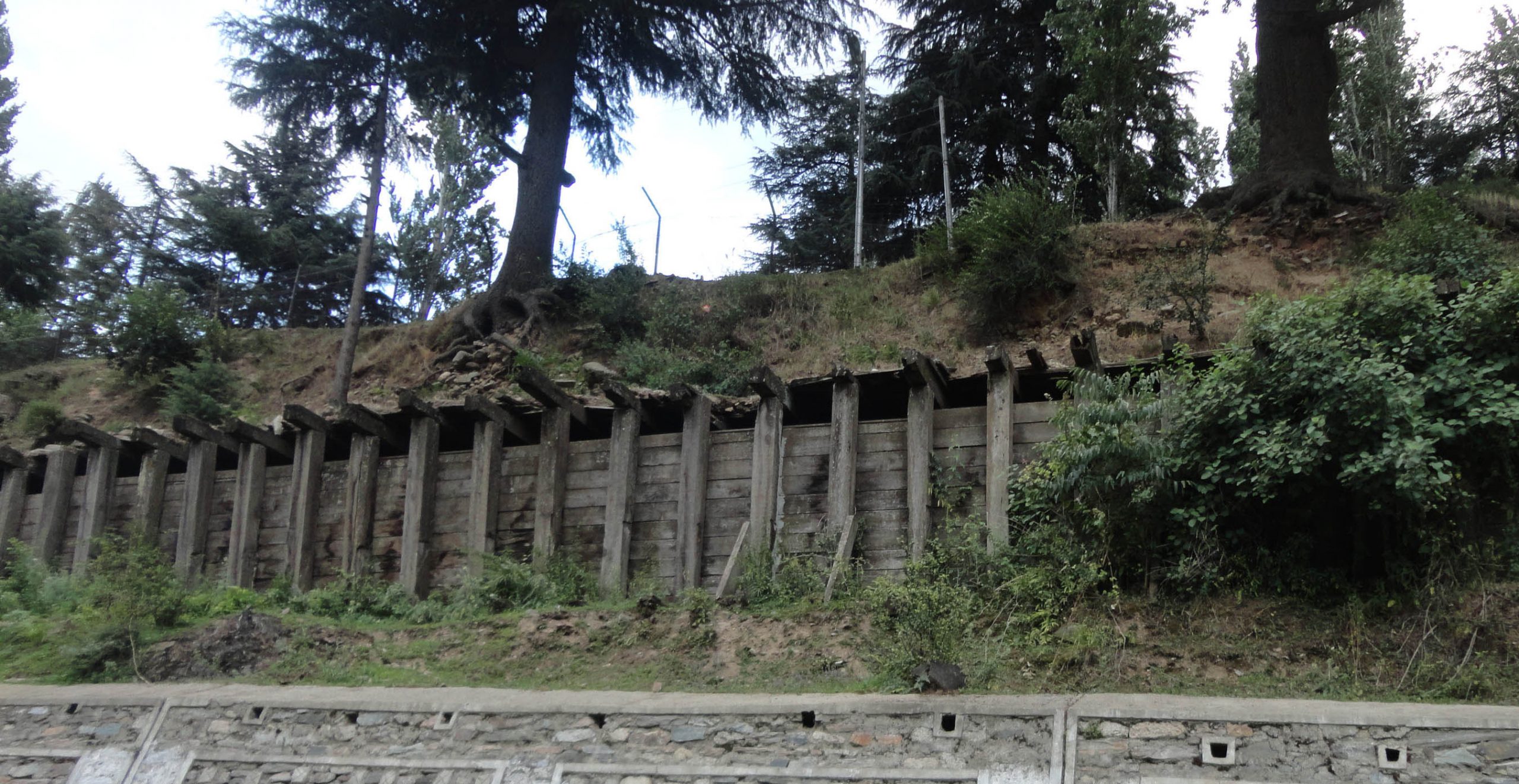A day before G20 meeting, NIA arrests Jaish operative
The NIA also recovered from the accused’s possession various incriminating documents showing his involvement in the furtherance of terror activities in Jammu and Kashmir.
Following the intervention of Lieutenant Governor Manoj Sinha, the administration has started taking steps towards the revival of the project.

117 years old Mohra power project set to be a heritage in J&K
Built 117 years ago by the Dogra ruler, Pratap Singh, in the undivided J&K, the Mohra hydroelectric project in north Kashmir’s Baramulla district near the Line of Control (LOC) is set to be showcased as a masterpiece of architecture of yesteryears. Mohra made Srinagar the second city in the Indian sub-continent to be electrified during that era.
Following the intervention of Lieutenant Governor Manoj Sinha, the administration has started taking steps towards the revival of the project.
The project, a run-off river scheme was constructed in 1905 on river Jhelum at Boniyar, 35 km downstream of Baramulla, with an installed capacity of 4 MW, later enhanced to 9 MW. It was constructed against the most challenging topography by constructing an 11 km long wooden flume (artificial channel) to carry water to run the turbines and generate electricity.
Advertisement
The power project has been declared a heritage but it is lying in neglect.
However, recently the administration took the initiative to revive the heritage project. Additional Chief Secretary, Finance, Vivek Bhardawaj, while recently chairing the meeting of the Board of Directors of Jammu and Kashmir State Power Development Corporation Limited sanctioned Rs.133.50 crore for the project.
The flume has disappeared in most parts and its remnants are visible on the roadside while driving towards Uri from Baramulla. The marvelous structure has been plundered by miscreants who have stolen the high-quality wood that was used to build the flume.
British engineers designed the 4000 kilowatts project on the left bank of Jhelum. The project was of its own kind as water of Jhelum was diverted about 11 kms higher up into a canal running mostly in the wooden flume of 8 square feet that not only fed the turbines but also supplied water to farmers for irrigation
Electric supply from Mohra reshaped the lifestyle in Kashmir and was also used for heating the water basins in the silk factory and running the reeling machines. The project was damaged by Pakistani raiders in October 1947 after which it was made operational in 1955 but was again badly damaged in the floods of July 1959.
According to the record, five streams were negotiated by passing them clean over the flume, and at the other six water courses, the flume had to be built on strong iron bridges. As a masterpiece of architecture, six tunnels were also built through rocky terrain for the flume to cross. Only about 3 km of the nearly 11 km length of the flume was built of masonry and the remaining portion was crafted with deodar timber.
LG Manoj Sinha is said to be highly interested in the project and is aiming for early completion. A heritage conservationist is being consulted on possible revival options, an officer said. Power Secretary Niteshwar Kumar has stressed completing the works within the timeframe.
The project, historians suggest, was the second powerhouse in the Indian subcontinent. When the Maharaja of Mysore set up the Kaveri Power scheme in 1902 at Shivasamudram to electrify Kolar Gold Fields and later Mysore and Bangalore, the Kashmir monarch Pratap Singh hired the same legendry engineer Major Dlain de Latbiniere to set up this project in Uri. The Labour force came from Ladakh, Baltistan, and Afghanistan, and the skilled ones from Punjab.
Advertisement